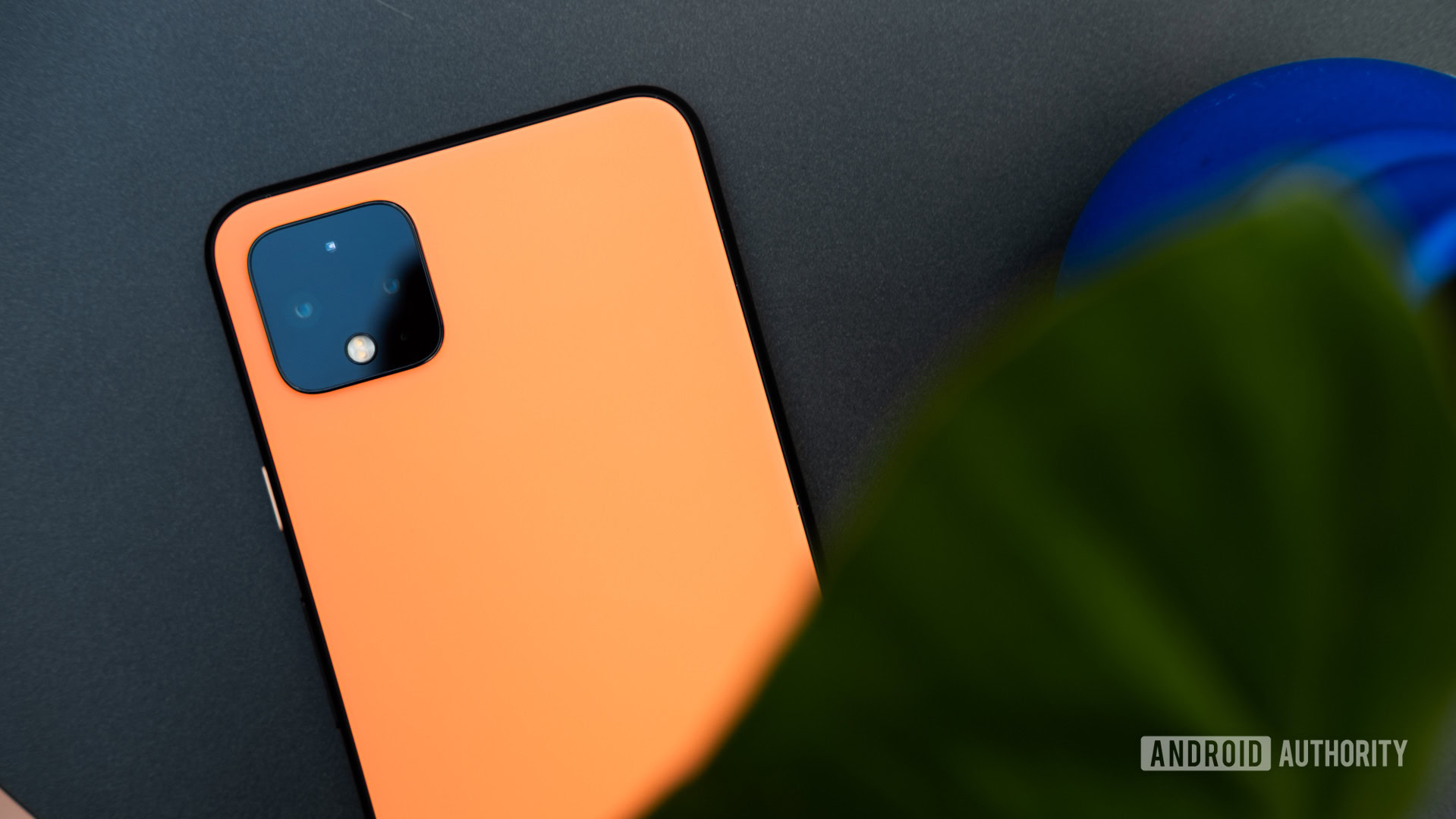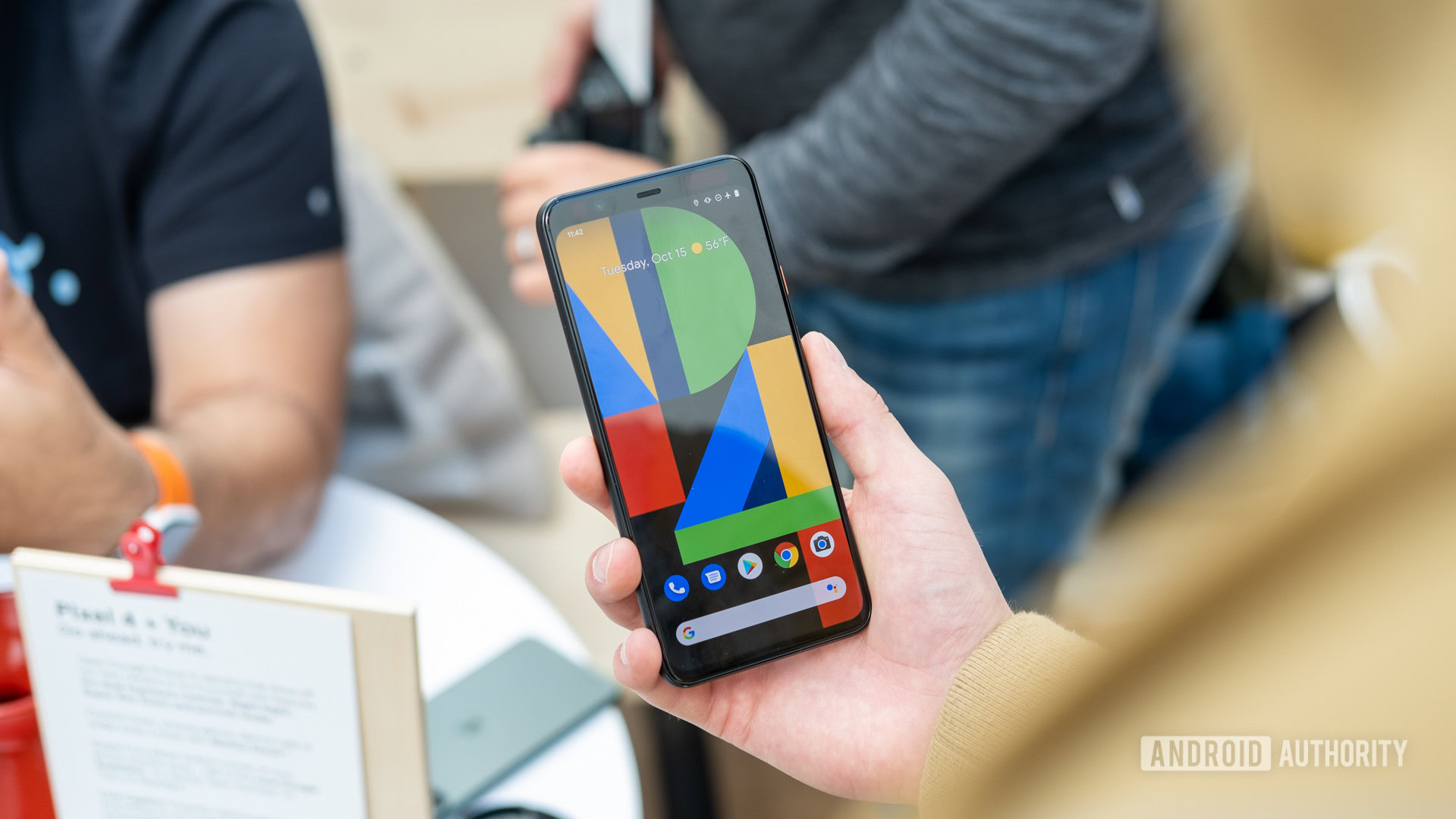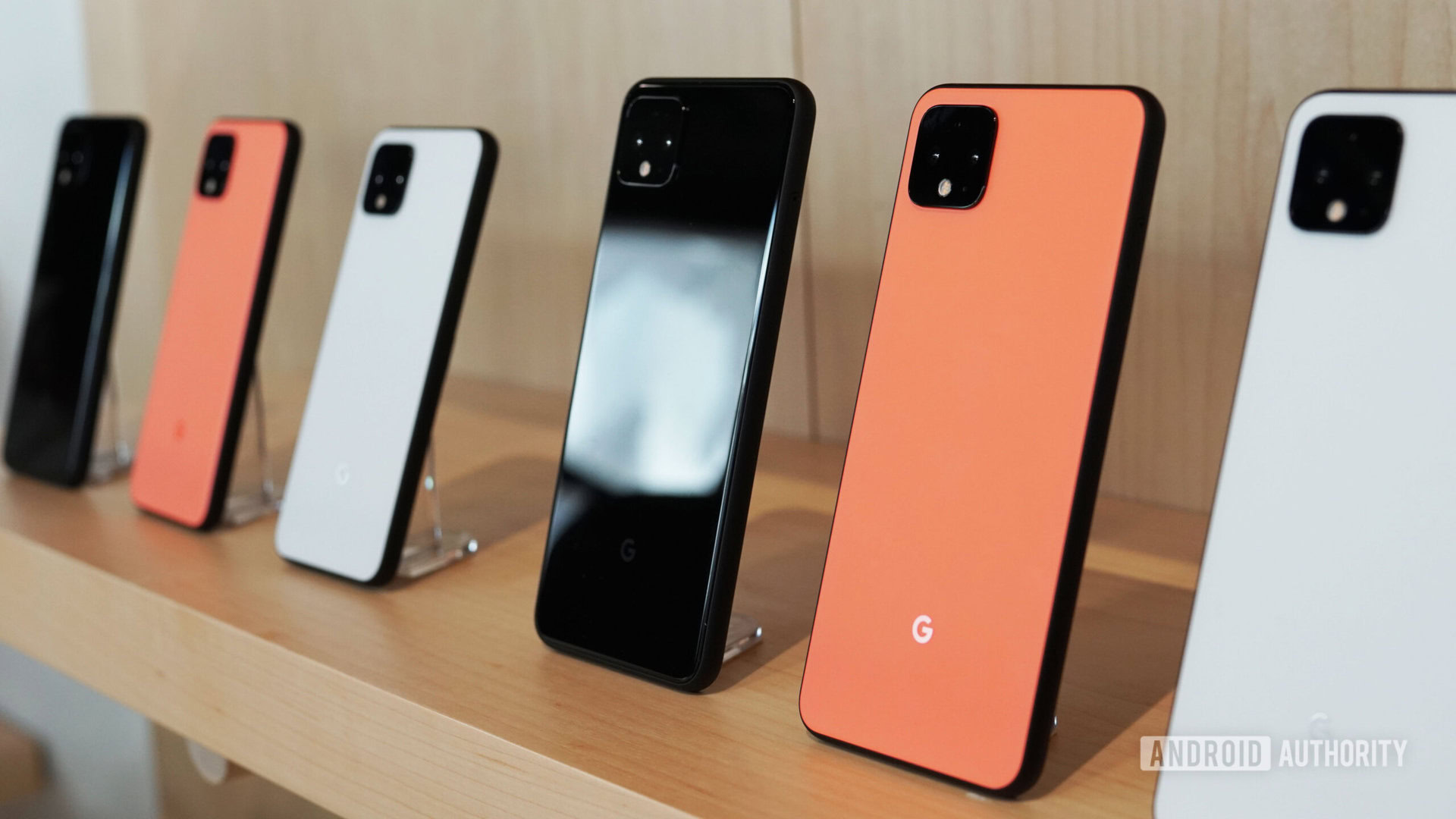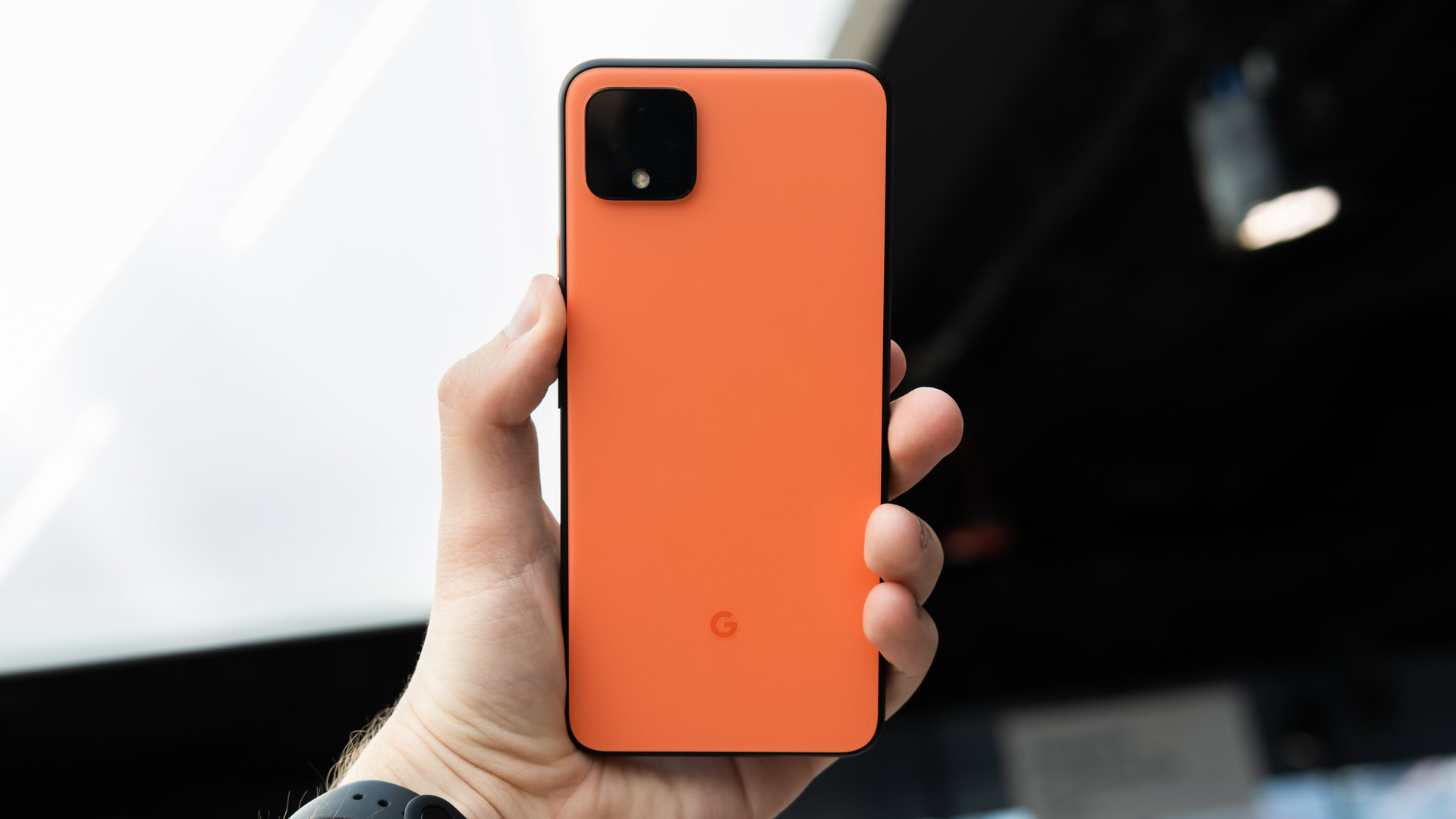Affiliate links on Android Authority may earn us a commission. Learn more.
You (probably) won't miss your Pixel 2 after upgrading to the Pixel 4

I’ve used each and every Pixel phone extensively since the very first one. I like these phones — they’re simple, no-frills smartphones that get quick updates and have great cameras. What’s not to love?
Ha. I don’t need to tell you that Pixel phones have had their fair share of problems in every iteration. Performance issues, poor battery life, and faulty displays are just a few of the things we’ve run into with previous Pixels. That’s not to say other phones are flawless — they’re not — but it seems Google’s phones can get plenty of things right but just the same amount of things wrong.
The most apparent example of this is the Google Pixel 2 and Pixel 2 XL, the company’s 2017 flagships. For as many things as those phones got right (cameras, design, software), it seemed like they ran into issue after issue.
If you own a Pixel 2 or Pixel 2 XL, should you upgrade to the Pixel 4 or Pixel 4 XL? We think so.
Google Pixel 2’s problems and Pixel 4’s solutions

Google has made it a point to right many of the wrongs it introduced with the Pixel 2 and 2 XL. From bad displays to laggy performance, the biggest pain points that once plagued the Pixel line seem to have all been cleared up with the Pixel 4.
Display issues (Pixel 2 XL)
You can’t talk about the Pixel 2 XL without bringing up its display issues. Even on models that weren’t affected by screen burn-in or dead pixels, it was a crapshoot trying to get a hold of a Pixel 2 XL that didn’t also suffer from a blue tint or dull colors.
Google’s display’s have progressed leaps and bounds since 2017. We were already big fans of the Pixel 3 and 3 XL’s displays, and the Pixel 4 and 4 XL take things to the next level. Both new Google phones have OLED displays with 90Hz refresh rates. They’re tuned much more accurately this year too, and the Pixel 4 XL actually passed DisplayMate’s display tests with flying colors.
Poor performance (Pixel 2 and 2 XL)
Pixel phones aren’t the phones you buy if you want the latest-and-greatest specs, but at least they always come with one of the most powerful SoCs available at the time. The Pixel 2 and 2 XL were no exception — sporting the Snapdragon 835 — but the paltry 4GB of RAM backing things up posed performance problems. Apps would frequently be closed out of memory when new apps would be opened, causing even music and podcast apps to cease playback if users were to open, say, the camera app.
This was also an issue with the Pixel 3 line, but many people had performance issues with the Pixel 2 as well.
There’s no way to test performance over a long period of time just yet, but things are looking up for the Pixel 4 and Pixel 4 XL. Both phones come with a bump up to 6GB of RAM, which should help with multitasking. This, coupled with the capable Snapdragon 855 (sadly not the 855 Plus), probably means there will be few performance issues — at least, judging by the specs sheet alone.
Aging hardware (Pixel 2 and 2 XL)
The Google Pixel 2 and Pixel 2 XL are two years old at this point, which is an eternity in the smartphone world. Both phones are still receiving major software updates, which is great, but new software can’t make up for aging hardware. Phones get slower over time, and there’s nothing we can do about it. Take a look at the Pixel 4 and 4 XL’s specs below to see how they compare to the Pixel 2 line.
Google Pixel 4 vs Pixel 2 specs
| Google Pixel 4 and Pixel 4 XL | Google Pixel 2 and 2 XL | |
|---|---|---|
Display | Google Pixel 4 and Pixel 4 XL Pixel 4: 5.7-inch pOLED Smooth Display 2,280 x 1,080 resolution, 444ppi Pixel 4 XL: 6.3-inch pOLED Smooth Display 3,040 x 1,440 resolution, 537ppi 19:9 aspect ratio 90Hz refresh rate Ambient EQ Gorilla Glass 5 | Google Pixel 2 and 2 XL Pixel 2: 5.0-inch OLED 1,920 x 1,080 resolution, 441ppi 16:9 aspect ratio Pixel 2 XL: 6.0-inch pOLED 2,880 x 1,440 resolution, 538ppi 18:9 aspect ratio Gorilla Glass 5 |
Processor | Google Pixel 4 and Pixel 4 XL Qualcomm Snapdragon 855 Pixel Neural Core | Google Pixel 2 and 2 XL Qualcomm Snapdragon 835 |
GPU | Google Pixel 4 and Pixel 4 XL Adreno 640 | Google Pixel 2 and 2 XL Adreno 540 |
RAM | Google Pixel 4 and Pixel 4 XL 6GB | Google Pixel 2 and 2 XL 4GB |
Storage | Google Pixel 4 and Pixel 4 XL 64GB, 128GB | Google Pixel 2 and 2 XL 64GB, 128GB |
MicroSD | Google Pixel 4 and Pixel 4 XL No | Google Pixel 2 and 2 XL No |
Battery | Google Pixel 4 and Pixel 4 XL Pixel 4: 2,800mAh Pixel 4 XL: 3,700mAh 18W fast charging Qi wireless charging | Google Pixel 2 and 2 XL Pixel 2: 2,700mAh Pixel 2 XL: 3,520mAh 18W fast charging No Qi wireless charging |
Cameras | Google Pixel 4 and Pixel 4 XL Rear: 12.2MP Dual-Pixel sensor, ƒ/1.7 aperture, 1.4μm, 77 degree FOV, OIS + EIS, PDAF 16MP telephoto sensor, ƒ/2.4 aperture, 1.0μm, 52 degree FOV, OIS + EIS, PDAF Front: 8.1MP sensor, ƒ/2.0, 1.22μm, 90 degree FOV | Google Pixel 2 and 2 XL Rear: 12.2MP sensor, ƒ/1.8 aperture, 1.4μm, OIS + EIS, PDAF Front: 8MP sensor, ƒ/2.4 aperture, 1.4μm pixel size, fixed focus |
IP rating | Google Pixel 4 and Pixel 4 XL IP68 | Google Pixel 2 and 2 XL IP67 |
Headphone jack | Google Pixel 4 and Pixel 4 XL No | Google Pixel 2 and 2 XL No |
Security | Google Pixel 4 and Pixel 4 XL Face unlock Titan M Security Module | Google Pixel 2 and 2 XL Fingerprint sensor |
Software | Google Pixel 4 and Pixel 4 XL Android 10 | Google Pixel 2 and 2 XL Android 10 |
Google Pixel 4 vs Pixel 2: The improvements Google hasn’t made
Pixel phones have never been about the specs, and that’s still the case with the Pixel 4. In fact, it seems Google is pretty reluctant to make any major leaps or bounds with each new iteration.
Take the battery capacities for example. The Pixel 4 only has a battery that’s 100mAh larger than the Pixel 2’s, despite poor battery life constantly being a problem with the smaller Pixel phones. Even charging speeds have stayed the same at just 18W, even though we’re seeing more and more phones launch with faster and faster charging speeds.
Storage options have stayed the same too — you only get 64 or 128GB options, and there’s no microSD card slot.
None of these things are regressions, but they don’t represent as much progress as many of us may have hoped Google would bring with the Pixel 4.
New Google Pixel 4 features

Specs are one thing, but we need to talk about all the other Pixel 4 features that won’t be making their way to the Pixel 2.
Motion Sense and secure face recognition
There’s a lot going on in the Pixel 4’s top bezel (the Pixel 4head?), and none of it is coming to the Pixel 2 line. Both Pixel 4 models come with Google’s Soli radar chip to enable a new feature called Motion Sense. Motion Sense does what the name suggests: it senses your motion and lets you control certain parts of the phone. You can skip songs, snooze alarms, and silence phone calls with just a wave of your hand. It’ll also turn the face unlock sensors on when it senses you’re about to pick up your phone.
Speaking of face unlock, the Pixel 4 line supports secure facial recognition. Using a combination of IR cameras, a dot projector, and a flood illuminator, the Pixel 4 will take a 3D model of your face to verify that the person trying to unlock your phone is you. In our testing so far, the Pixel 4’s face unlock system has worked extremely fast.
Pixel Neural Core
The Pixel 4 and 4 XL have a new chip called the Pixel Neural Core, which will power the new Google Assistant. This lets the phones answer many more queries offline, without the need for the phones to send information to and from Google’s servers. This will result in a much faster Google Assistant experience.
Dual cameras, astrophotography, and more
The Google Pixel 4 and 4 XL have dual cameras — a first for the Pixel line — with a main 12MP sensor and a 16MP telephoto lens. Okay, it’s not a wide-angle lens, but it’s a step in the right direction. That secondary sensor will help take more accurate portrait shots.
What’s more, the new Live HDR+ feature will let you preview what your processed shot will look like before you take the photo. It will also add brightness and shadow sliders to the viewfinder so you can tweak your pictures before you take them, not afterward.
Don’t miss: Behind the scenes with the Google Pixel 4 camera team
Night Sight is also getting a boost with the Pixel 4. The new phones will be able to capture photos of the stars by taking 15 different images and blending them together to make one shot.
Bonus: A sweet orange color

I’m kidding, but am I?
I haven’t been in love with a Pixel colorway since maybe the Really Blue Pixel, but I think this one takes the cake for me. The not-so-subtle orange color and matte black aluminum sides look stunning.
Google Pixel 4 vs Pixel 2: Worth the upgrade?
Google is trying to do many things with the Pixel 4 line. It’s trying to appeal to the masses, introduce new and weird features, and also right some of the wrongs it introduced to other Pixel phones along the way. Right now, both the Pixel 4 and 4 XL seem like solid upgrades from the Pixel 2 line, especially considering how many new features you’re getting with the new phones.
With that said, things could change between now and when we publish our full review. We haven’t fully tested the batteries, cameras, or performance yet, so stay tuned for our final thoughts to decide if these phones are right for you.
Thoughts on the Pixel 4 vs Pixel 2? If you own a Pixel 2 or 2 XL, are you planning to upgrade?